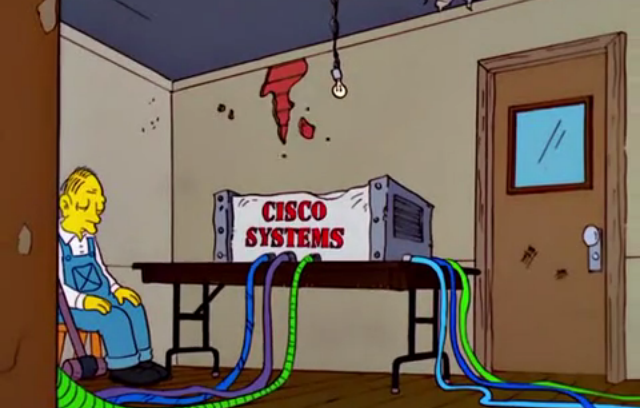A series of articles: building a secure NAS, or a home mini-server

Cycle articles :
- Review of materials and literature on the NAS . According to the suggestions of users, links to materials will be summarized in a separate article.
- The choice of iron . One of the iron choices is described and a brief overview of the home and office NAS systems market is given.
- Installing the OS on which the NAS will be built . A separate article describes an add-on that allows you to opt out of all file systems except ZFS.
- Designing the supporting infrastructure that will underlie all of the NAS services.
- Implementation of supporting infrastructure .
- Emergency remote unlock mechanism . Required in order to unlock the system without having physical access to it.
- Increase NAS security . Correction of errors made in previous articles and description of the Hardening process.
- Version Control System based on Git . Install Gitlab in a container.
- Backup system
- Personal cloud . Provides storage of personal files of the user, file exchange between users, and also integration of various services among themselves.
- File management.
- Library.
- Multimedia system 1: music.
- Multimedia system 2: media server.
- Frontend. The interface allows you to quickly access services.
- Notes about the management of containers.
In the process of writing there will appear links to new articles.
As you can see from the news, the clouds and services of large companies are convenient and reliable, but not always:
- Security has received little attention , despite all assurances.
- Tariff change depends only on the whim of the company .
- Older services go away with unknown consequences for users.
- Your account may be blocked at any time for not quite understandable reasons .
- And you should not even say that at one point, the state can block you access to your resources.
So, feeding cloud services is good, but in some cases “own shirt is closer to the body”.
Initially, one of my goals was to study the construction of my own system, in particular a NAS with the ability to work as a "home server".
The idea gradually emerged that in the light of recent events, the information of such a plan is interesting, and it would be nice to accumulate it in one place, structure it and supplement it.
As a result, something like open-source best practices for enthusiasts should be formed, ranging from the selection and assembly of hardware to software.
This article is a table of contents for articles on building a NAS.
According to these practices, anyone can build their NAS at an acceptable engineering level.
Then, correct the mistakes, supplement your ideas and, if you wish, publish your own version, improving practices and adding to the general base.
The main practical goal of building a system was to enable me to work safely with my data from any place where there is Internet.
As a consequence of this, the main task of building this NAS was to provide a synchronization point in the form of a Git repository management system and backup system.
Other tasks are collaborating through a self-hosted cloud, building a multimedia support system, replicating data to third-party clouds, and storing relatively static data such as books, movies, music.
')
Source: https://habr.com/ru/post/359346/
All Articles